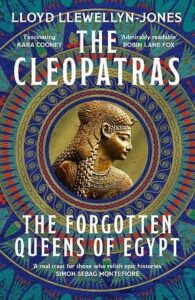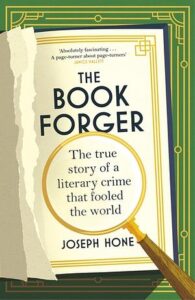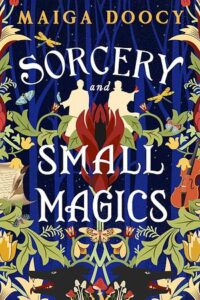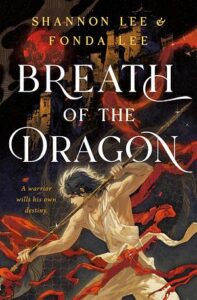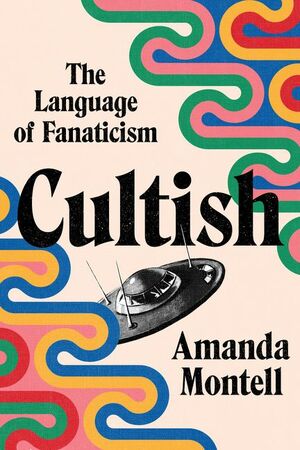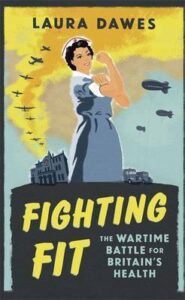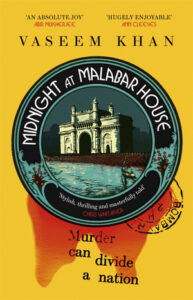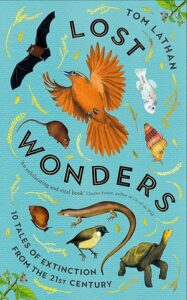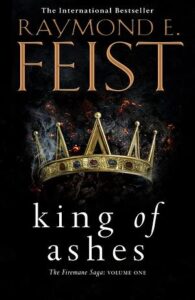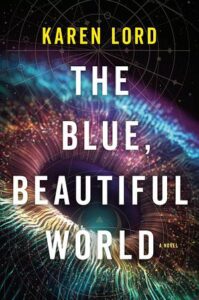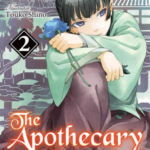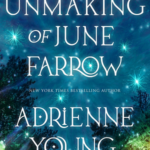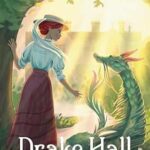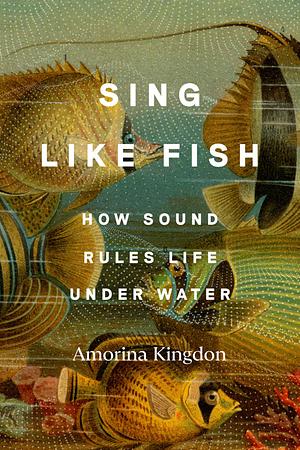Last weekend, before heading in for my eye test (and for my wife to get a corneal abrasion checked, so things were already going downhill), I thought to myself, “I feel like I need new books. It feels like that sort of week.”
Reader, I don’t know if I should worry that I cursed us, or just be glad that I stocked up on some extra joy beforehand, because my wife broke an ankle on Sunday and our elderly rabbit has been refusing to eat properly. Since Lisa isn’t supposed to put any weight on that ankle, and we live in a first-floor (that’s second-floor in American) flat which had until yesterday a hole in the floor stretching almost the length of the hallway, it’s been fun and games. There’s also a bunch of associated drama where basically no one in the NHS wants to handle treating the broken ankle, so we’re not going to be seeing the fracture clinic until mid-March at the earliest. (Luckily, A&E did put on a cast.) It’s all a bit much.
So… let’s talk about books, instead!
Acquired this week
I got a couple of finished copies of books I had to review (hello, Emily Wilde’s Compendium of Lost Tales), which I won’t showcase again, but also a bunch of totally new-to-me books. As ever, it’s a bit of a random mix… First up, the non-fiction!
A History of the World in Twelve Shipwrecks and A Brief History of the Countryside in 100 Objects were both on buy-one-get-one-free, and I must confess to loving that kind of history, usually. So I grabbed those somewhat on a whim. I’d wanted The Book Forger for a while, and as for The Cleopatras, I can never really resist Egyptian history. Also, the author is from Cardiff University, and has a very Welsh name, which amused me.
I did also get a couple of new fiction books, one of which (Sorcery and Small Magics) I’d been eyeing for quite a while. Breath of the Dragon I’d come across more recently, and it also looks really good.
So that’s my haul!
Posts from this week
There have been fewer posts than usual because I just haven’t had the mental capacity, but I did get a few reviews up, so let’s do a roundup as usual!
- Fantasy novella: The Orb of Cairado, by Katherine Addison (4/5 stars)
- Crime short stories: Lessons in Crime, ed. Martin Edwards (4/5 stars)
- Non-fiction: The Immune Mind, by Dr Monty Lyman (4/5 stars)
- Non-fiction: Cultish: The Language of Fanaticism, by Amanda Montell (3/5 stars)
- Comic: Immortal Red Sonja, vol 1, by Dan Abnett et al (3/5 stars)
What I’m reading
It’s been a week rather low on reading, given the fact that I’m now doing double the chores, etc, etc. So there’s just one book I read that I plan to review, when I get chance.
I’m hoping to get some more reading time this weekend, and find a way to wind down a bit. I’m just getting started on Katherine Addison’s The Tomb of Dragons, and I’d love to spend more time with that. Wish me luck!
Linking up with Reading Reality’s Stacking the Shelves, Caffeinated Reviewer’s The Sunday Post, and the Sunday Salon over at Readerbuzz, as usual!
